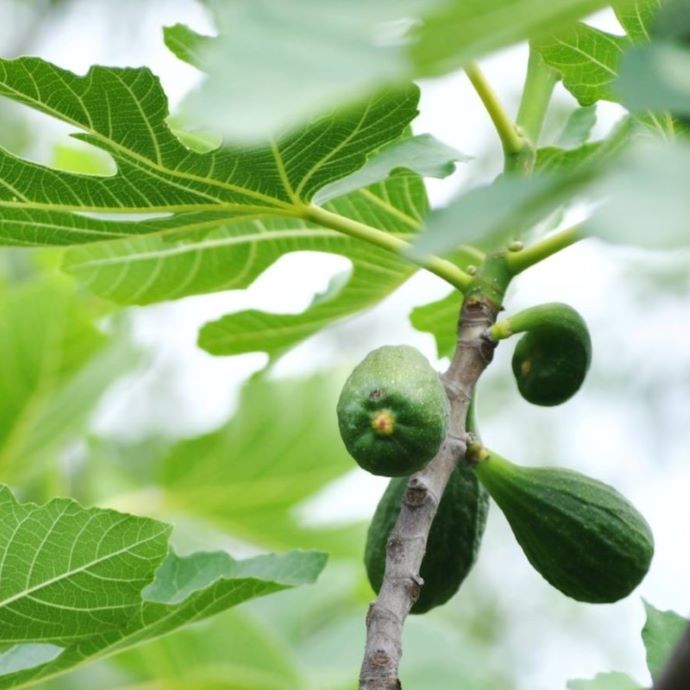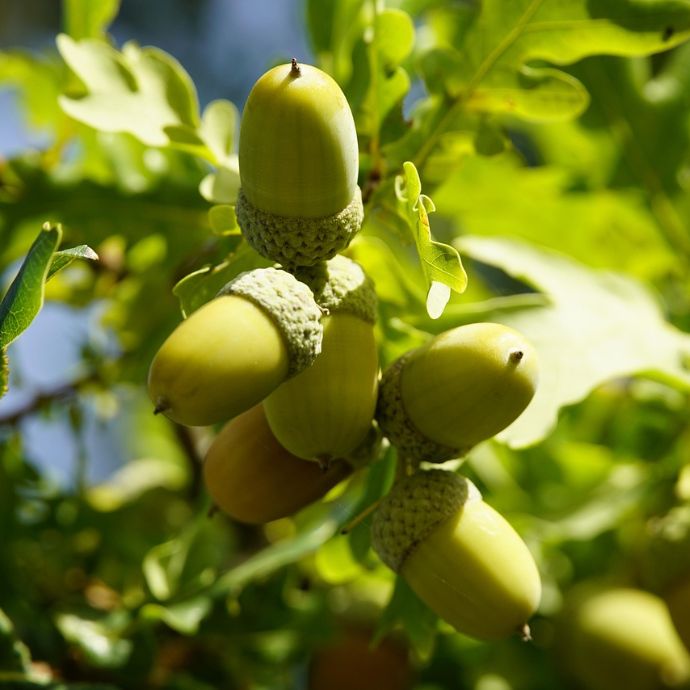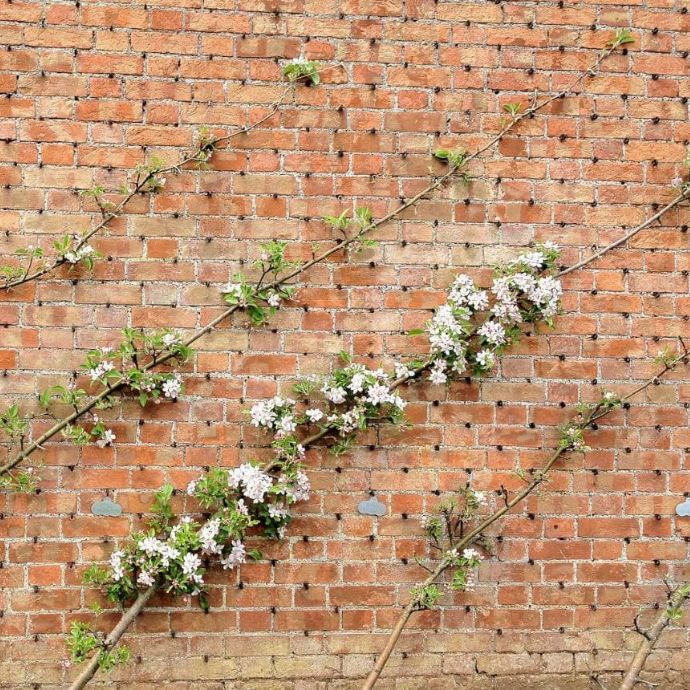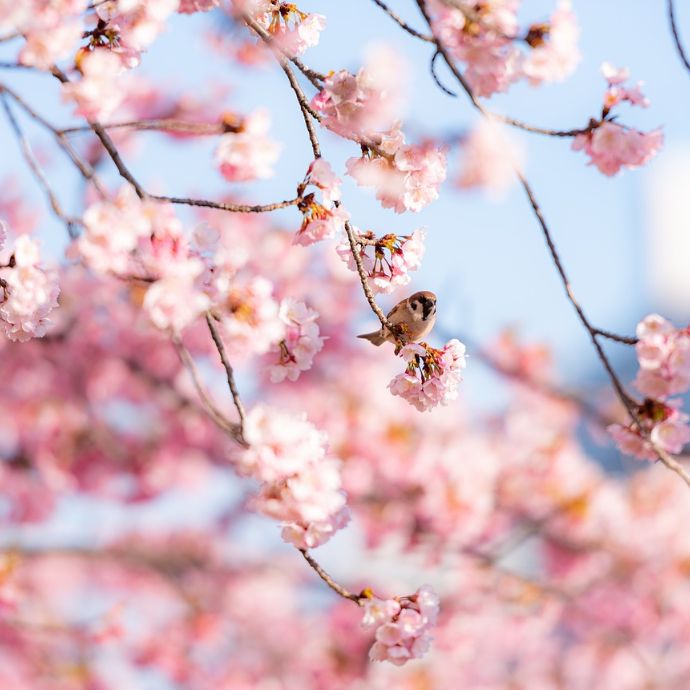Advice & Inspiration
Acer Tree Care: Planting, Feeding and Problem Solving
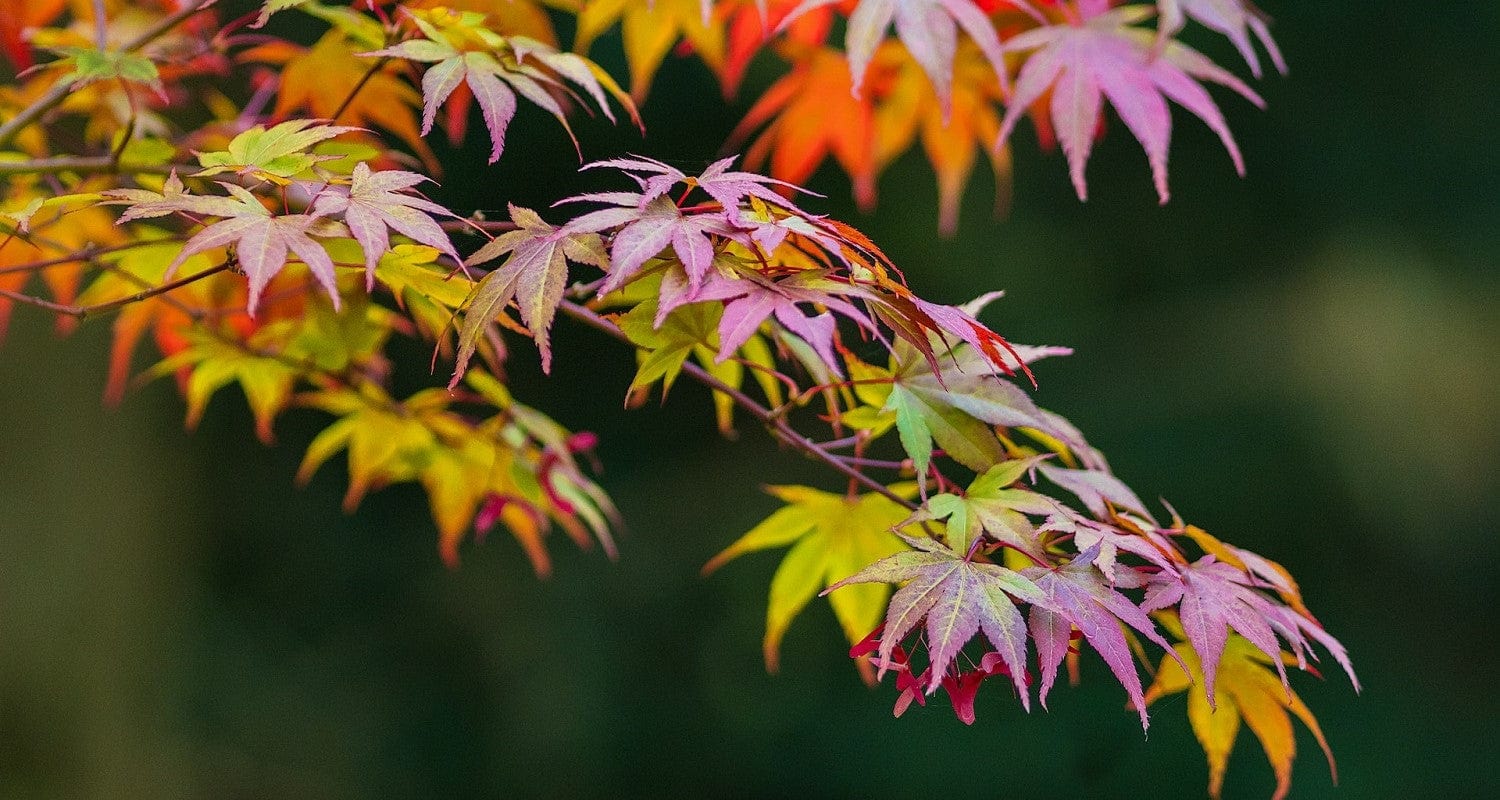
Acer trees (Acer palmatum or Japanese Maples) are some of the most versatile and compact little trees you can plant in your garden and better still, they're really easy to look after. Just follow our growers’ acer tree care tips and they’ll thrive in any spot, providing you with dazzling colour for many years.
Jump to:
Where to plant Acers
Acer palmatum trees are very hardy (down to -20°C) but their new growth can be quite vulnerable to frosts, so it’s best to plant them in a sheltered spot out of cold winds. If Acers could choose their soil, they’d pick a slightly sandy, acidic type but they’ll grow well anywhere as long as it's moist and well drained. Most varieties will tolerate full sun but are best planted in cool, dappled shade. Variegated Acers (those with multicoloured leaves including Shirazz and Drummondii) are particularly vulnerable to leaf scorch and need to be grown out of the sun.
Watering Acers
Water your Acer regularly for the first year after planting, to encourage the tree to establish a good root system - this is particularly important if you plant in spring or summer. If you plant bare root trees in autumn or winter you won’t need to water as much. After the first year you should only need to water in very hot or dry spells. If your Acer is in a pot you’ll have to water more often - in hot weather this can be as much as twice a day to make sure the soil doesn’t dry out.
Feeding Acers
If your Acer is in the ground it won’t need feeding, but if you want to encourage more growth you can give it a sprinkle of general purpose fertiliser at the start of the growth season (March-April).
It’s also a good idea to apply a coating of mulch around your trees - this keeps the weeds down, helps the ground retain moisture and adds nutrients. You can use well rotted compost, manure, bark chips, grit or slate chips laid about 5cm thick. Reapply your mulch every year during the dormant season (November to March).

Acer tree problems
Acer tree diseases are rarely a problem - Japanese acers are pretty easy going and you can usually leave them alone after the first year or so with no issues. However if your Acer does develop a problem, you’ll want to sort it out ASAP. Here’s our round-up of the most common problems you might encounter, and how to prevent them.
Leaf scorch
If your Acer gets too much wind or sun (especially in the afternoon) and not enough water, it can get scorched leaves - variegated varieties and those with finely cut leaves are the most vulnerable to this. You can prevent leaf scorch by planting (or positioning your pot) in a sheltered spot out of direct sunlight where the tree will get some dappled shade. Check the soil regularly - if it’s drying out too quickly and you’re having to water more than twice a week, you should move it to a more shaded spot.
Weird colours
Less than impressive autumn colours? Purple-leaved variety turning green? Your Acer may not be getting enough light. If it’s in a pot you can easily solve the problem by moving it somewhere with a better balance of light and shade (not too bright, not too dark). With trees planted in the ground this tends to be a result of too much competition for light from surrounding trees - give any taller trees a trim and you should see an improvement.
Verticillium wilt
This is a fungal disease which is spread through the soil and affects the roots of trees. If your tree is affected, you might see the leaves yellowing or suddenly wilting and the branches dying back. To prevent this, keep on top of weeds because some of them can carry the fungus without showing any symptoms. If your tree becomes infected, water it heavily and apply nitrogen-rich fertiliser. If it doesn’t recover, unfortunately it will have to be removed and destroyed. If you do have verticillium wilt in your garden, be careful not to spread it via tools or shoes. Don’t grow any more susceptible plants in the area - replace them with wilt resistant plants.
Aphids and scale insects
Tiny black, white or green aphids won’t usually do too much damage, but it’s worth checking for them regularly so they don’t get out of control. They’re sometimes found on new growth in the spring, and if not removed can result in distorted or stunted growth. They secrete a sticky substance which can encourage fungal diseases or black moulds if not treated.
If you see what looks like wool or fake Hallowe’en cobwebs on your tree, it may well be scale insects, which work in roughly the same way. The solution to both pests is removing them by hand and squashing them, or hosing them off the branches if the hosepipe ban has ended by then! You can then spray the affected areas with a solution of water and oil or soap (recipes here) which will prevent the insects clinging on and suffocate any that do.
Vine weevils
These destructive little bugs can occasionally affect Acers in pots - their grubs eat the roots and the adults eat the leaves. If you’ve got vine weevils you’ll see little c-shaped white grubs about 10mm long with brown heads amongst the soil and notches in the leaf margins, perhaps accompanied by the culprits - 9mm black beetles with a yellow mark on the wing cases. To get rid of them, check the tree regularly and remove the adults by hand or trap them with sticky barriers around the edge of the pot. You can also remove as many grubs as possible from the compost or repot your tree. The best way to prevent vine weevils in the first place is to encourage wildlife into your garden - birds, frogs, toads and hedgehogs all eat vine weevils. A layer of grit or pebbles on the top of the compost will also stop them laying eggs.
Pruning acer trees
It’s not essential to prune your Acer tree, but if you do want to do some trimming to improve its shape or restrict its size, it’s important to do this only when the tree is dormant from November to January - if pruning is done at any other time of year when the tree is in active growth, it can bleed sap and become infected. Ready to prune like a pro? Read our complete acer pruning guide.
Acers in pots
Small Acer varieties do well in pots but do need a little more care than those in the ground. When planting, put some broken crockery or slate chips in the bottom of the pot to improve drainage and use a general purpose compost. Mulch around the top of the pot to keep the soil moist and position your potted tree in a sheltered spot away from strong winds (near a hedge is ideal). Potted trees need more watering - make sure the soil doesn’t dry out, especially in the summer months. A general purpose fertiliser can also help to keep your tree healthy - give it a sprinkle every spring. When you need to repot your tree into a larger pot (roughly every three to four years) do it in early spring before the new growth begins to emerge, and use new compost.


